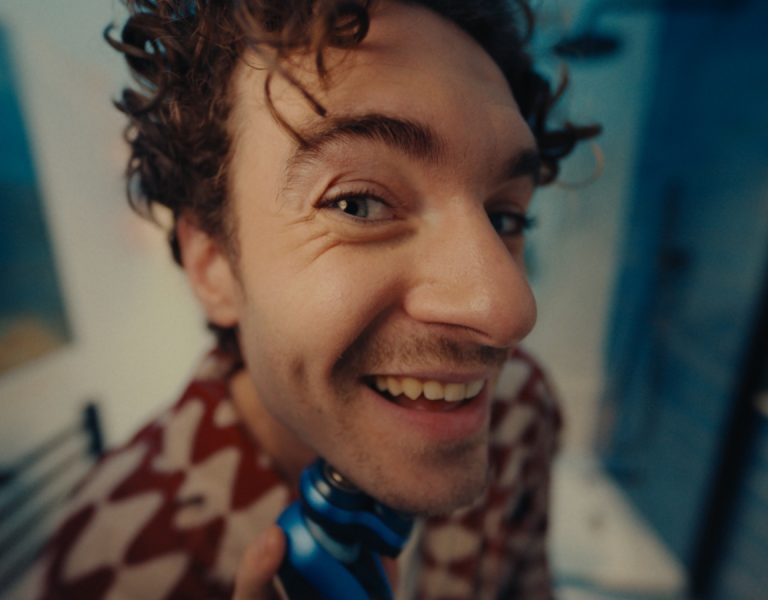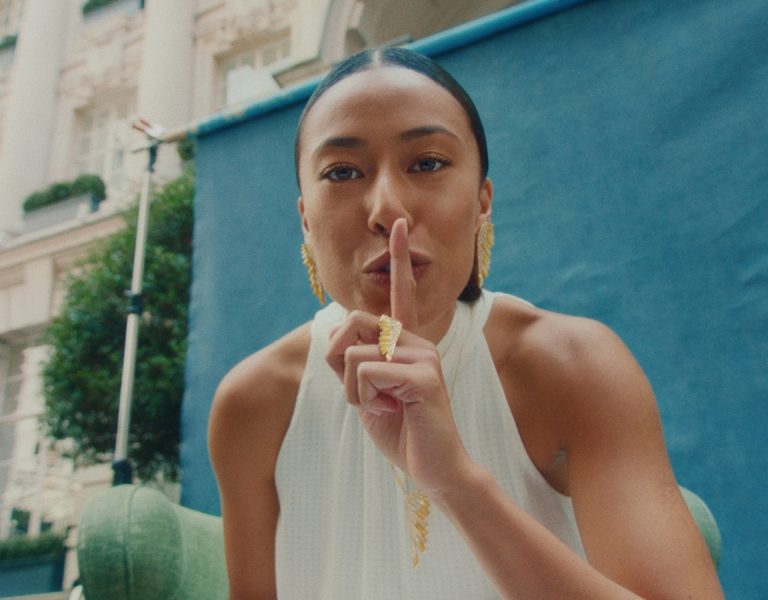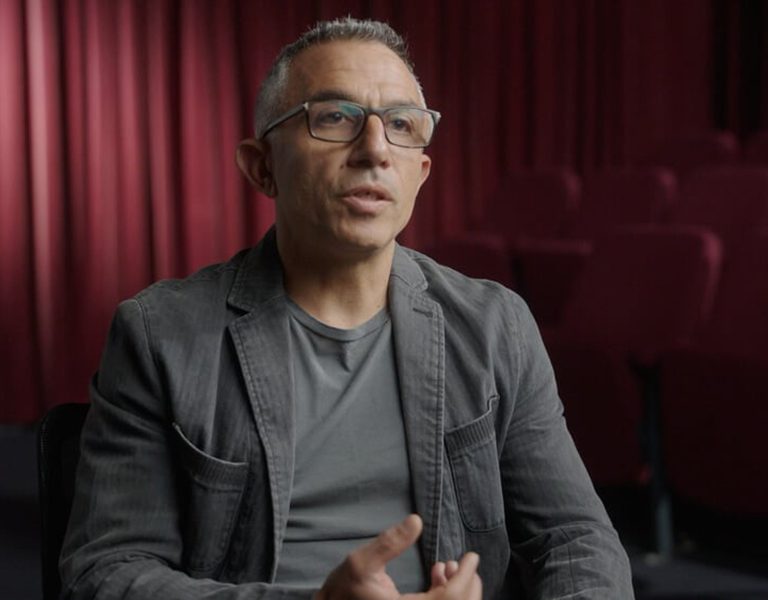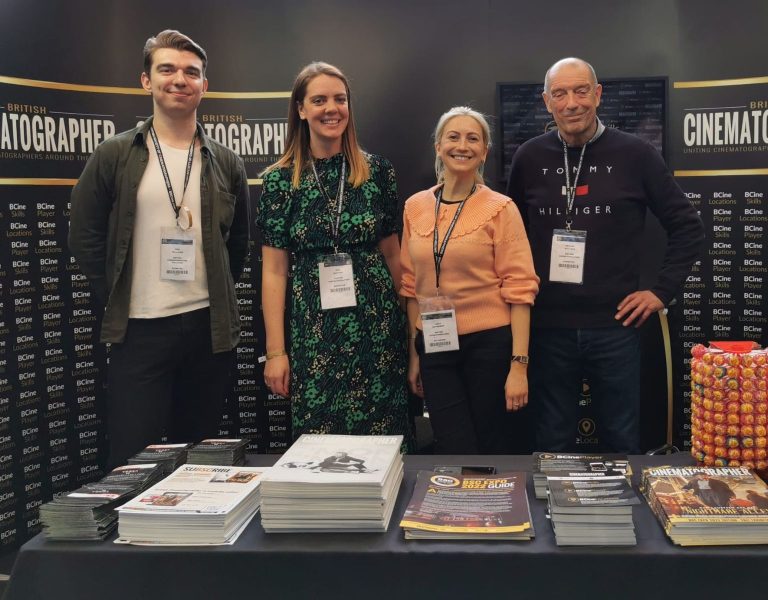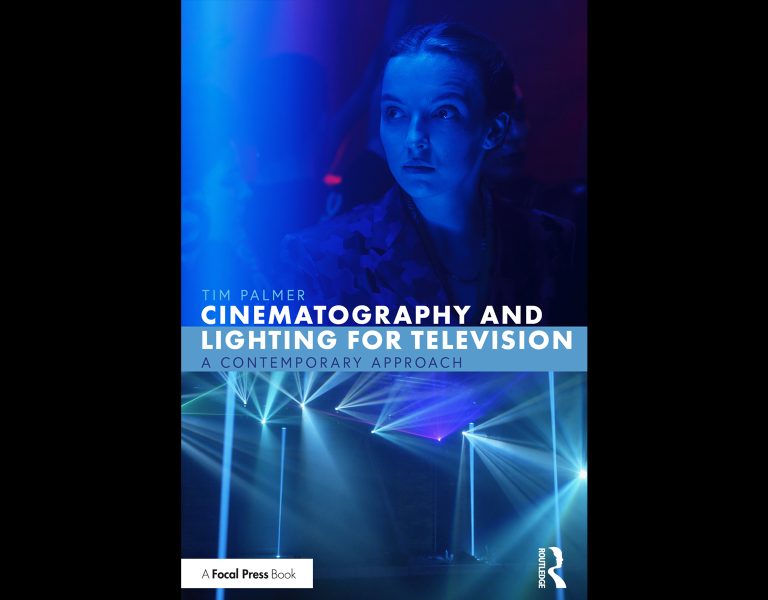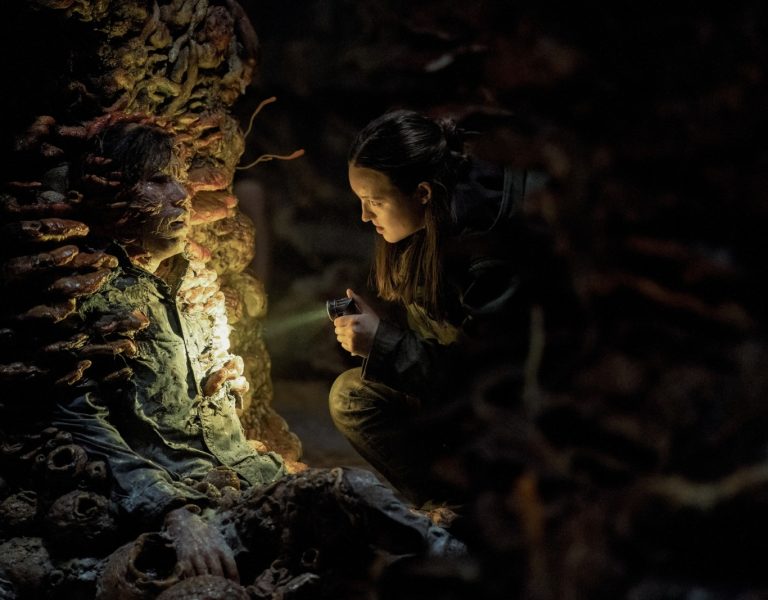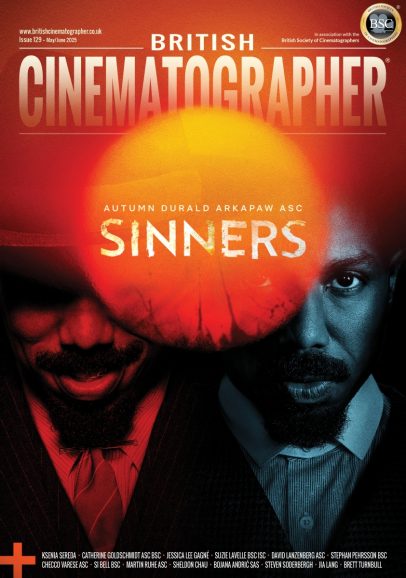MIND YOUR MANORS
Miss Austen explores the story of Cassandra Austen through two different time periods, before and after her sister Jane’s death.
Adapted by Andrea Gibb from Gil Hornby’s book of the same name, the series enlisted director Aisling Walsh and cinematographer Si Bell BSC to capture the infamous story of Cassandra Austen, played by Synnove Karlsen in the character’s youth and Keely Hawes in the character’s present. Cassandra Austen grew to notoriety throughout the literary world for burning renowned novelist Jane Austen’s personal letters after she died prematurely at the age of 41.
Although Jane Austen is a cornerstone of British literature, Si Bell BSC was able to lay a fresh pair of eyes on the series. “It’s funny because I didn’t really know Jane Austen at all before going into this. I didn’t think it interested me! But when I got this project, I actually got super into it. It’s such an emotional story.” The project came about as a result of Bell’s previous work with Christine Langhan, the show’s producer. “I worked on a project with her doing additional photography on a film she was making where the DP had an emergency, so I stepped in and prepped and shot the first couple of weeks. I got on so well with Christine in that brief time that it eventually led to us doing Miss Austen.”
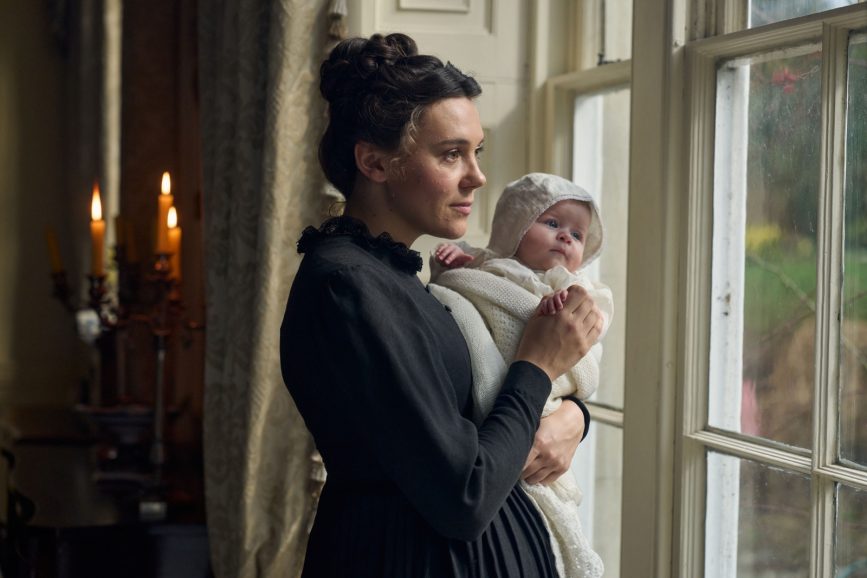
Bell fondly recalls early discussions with the show’s director Aisling Walsh, “We were talking about the realism aspect of Miss Austen, in terms of the lighting. We both talked about motivated light and wanting to give it a real, organic look. At times there will be darkness and at times not, but we wanted the light always feeling motivated and true to life. Leaning away from a glossy style, and more into a filmic, real world.”
The DP enjoyed Walsh’s directorial style, likening her refined style to that of Christopher Nolan and Quentin Tarantino, “Aisling is more of an actor’s director and that makes it more intimate on set which is really great when you’re trying to achieve an organic, intimate atmosphere and visual style.” As the A camera operator, Bell appreciated this peeled back setup as it meant he could properly respond to the actors’ movements.
Despite being a story that largely focuses on Cassandra Austen, “Aisling wanted a more subjective viewpoint. She also didn’t want to over-plan the shots. She wanted me to be really involved in the shot creation but didn’t want to block the scenes too precisely.”
This shot creation was particularly vital for the scenes involving candlelight. Bell was keen to not rely on LEDs too much and keep the lighting sources as natural as possible. “We had these metal reflective trays that we built ourselves that we put candles in. It was a metal box with metal spikes basically, you could put loads of double wick candles in them and put it on a lighting stand and move it around to suit the shot.” Bell was pleased with the look and felt the naturalism served the story.
A similar problem needed to be solved with the looming windows that accompanied the grand manor houses that were used for period-accurate locations, “because we were shooting in December and January, it would be getting dark at 2pm if the weather was bad. Some scenes needed to be summer, so we’d have big bouncers outside the windows. We didn’t want to light it too artificially, so it was always about making it as natural as we could to suit the period, whilst maintaining the continuity”.
The cinematographer was often astounded by how quickly these locations oscillated between dull and incredibly luminous as soon as the sun hit. “You quickly realise how big a lighting set up is going to be needed to control the space. You’ve got to block the sun, but you’ve also got to replace it. That was the big stress, if that was a studio we’d have all of that controlled. But it’s so fun to shoot in real locations and it keeps you on your toes.”
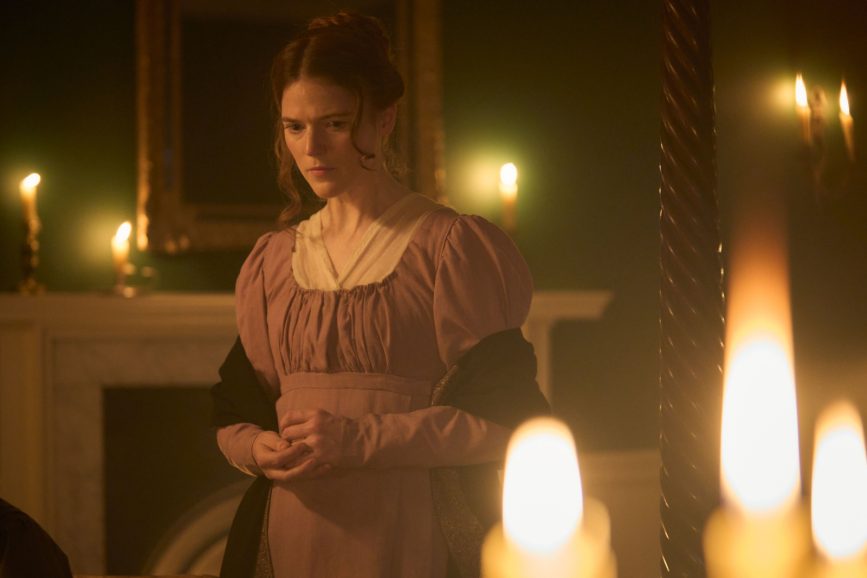
Achieving realism
Miss Austen is visually grounded in reality to reflect the period, but Bell opted for a lighter, more pastel colour palette with lots of light diffusion. “Maybe I went a bit over the top on the diffusion! But we definitely wanted to lean into that style. The result is realistic as everyone had coal fires, so we used mist and haze to diffuse the light and also Radiant Soft Filters.”
In addition to adding realism, the series benefits from this buoyant colour style. The colouring deviates from often drearier palettes when covering similar subject matter, whilst still being heartfelt, delicate, and in line with the actors’ engaging performances.
“Often studios don’t love this look as they often want it very sharp, and not smooth at all. But Aisling, Christine and I liked that visual style a lot and pushed for it as much as we could.” This was helped in the grade by The Look, with Bell musing “they smashed it when giving it a lot of colour and bringing it out. Keeping the realism of it, but giving it a fun look at the same time”. The grading was carried out by Thomas Urbye and Grace Weston, who helped push the footage in to a more cinematic direction.
This cinematic feel was aided by the extravagant production design. “We were trying to figure out the feel of the spaces from an art perspective. We chatted about how to build the style into the production design and the costumes, instead of in an over-stylised way of shooting. Aisling and production designer John Hand are very artistic, so John would do these lovely paintings to demonstrate what they wanted. All of us wanted to respond directly to the stunning locations.” Bell also praises ShotDeck for establishing the visual disposition of Miss Austen, “scrolling movies that use candlelight and cherry picking lots of cool ones!”, this included Adam Arkapaw ACS’s work on both Macbeth and The King.
One of the first pivotal decisions that had to be made was whether to delineate visually between the two timelines that form the narrative of Miss Austen. “There were definitely conversations about it, deciding whether to have completely different looks, or different lenses, or grade.” But, ultimately Bell and the team opted to let the story speak for itself and not create two differing looks. “We actually didn’t do much in the end, outside of the production design and costumes. We ended up just shooting it, with a little bit more handheld maybe. It didn’t need it, the story was strong enough that we didn’t need to justify a strong visual difference, it might have just come across gimmicky. You have to go with whatever feels right for the action.”
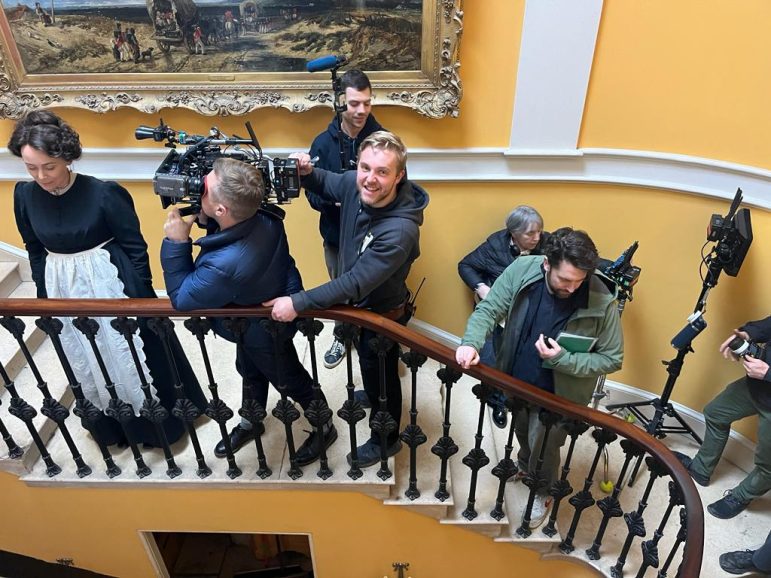
Powerful simplicity
In order to capture the style of Miss Austen, Bell opted for the original Alexa Mini as opposed to the newer Alexa 35. “The 35 had just been out for a little bit, but the budget was quite small, I think band 2. We were shooting in London too so there was a lot of money going on locations. I love the Mini and because we didn’t have to deliver 4K, there were no restrictions on camera. The Alexa has a great dynamic range and everyone knows the look of it, it’s a small camera so we could do handhelds and put it on gimbals. We had Zeiss Super Speeds which are an old set, but look amazing.”
Bell knew, given these budget restrictions, that a lot had to go on big lighting setups to compensate for the striking, but difficult, locations. “To light these big locations in November and make it look sunny, natural and cinematic, I knew that was going to be the biggest challenge for the budget. You need big equipment. When I got the job, I said I didn’t care about having two cameras, or having a brand new ARRI, or expensive lenses, what I care about is the right crew and the lighting set-ups.”
This approach was key to Bell’s ultimate motive to keep camera movement and set-ups simple and let the acting and production design speak for itself. “What I think is great about this show and what really works with it, is that everything is quite simple really. Sometimes the best thing to do is the simplest. It can be so powerful.” This is true of one of the DP’s favourite shots of the four-part series where we see a shot of the Austen women through the window of the manor.
“The shot uses just a simple zoom, but it imbues so much emotion in the scene. Similarly, when young Cassie is at the window and they are looking at Jane in the garden and you can see Jane’s reflections on the window, I really like that.”
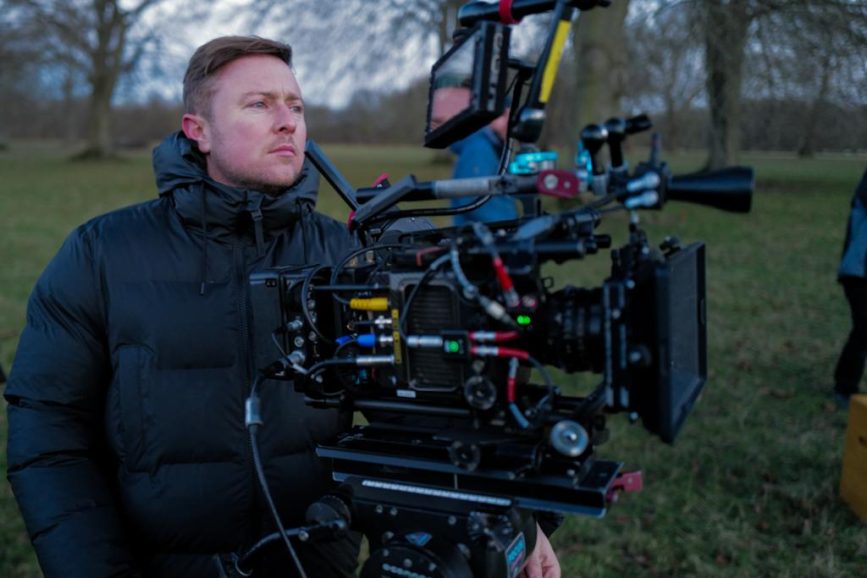
Bell elaborates on his love of simplicity in cinematography, “I work with loads of different directors and what I loved from working with Aisling was that she was so confident about looking for the simple solution first. Sometimes people make it so complicated. If a director isn’t confident, or you as the DP aren’t confident, you may end up forcing a style upon a project to validate yourself instead of supporting the story.”
Bell also cites the carriage work as some of the best work done on Miss Austen: “There were simple shots inside the carriages, but we also rigged for outside the carriages so we could see all the reflections of the environment. I was really pleased about how that was done. There was talk at the start about using a green screen, but we wanted the environment to feel real and tangible. It really adds scale to the show.”
On reflection, Bell notes that Miss Austen “was a very tiring job, as I was operating and lighting every shot. Because Aisling was with the actors, I was super involved with the set-ups and there was of course lots of travel. These logistics were tough, but we had such a great crew that it felt like a family very quickly”.



